“The forest is us, and we are it too”
How native forest in Mozambique's Gorongosa National Park is getting a helping hand from an unlikely partner: coffee farming.
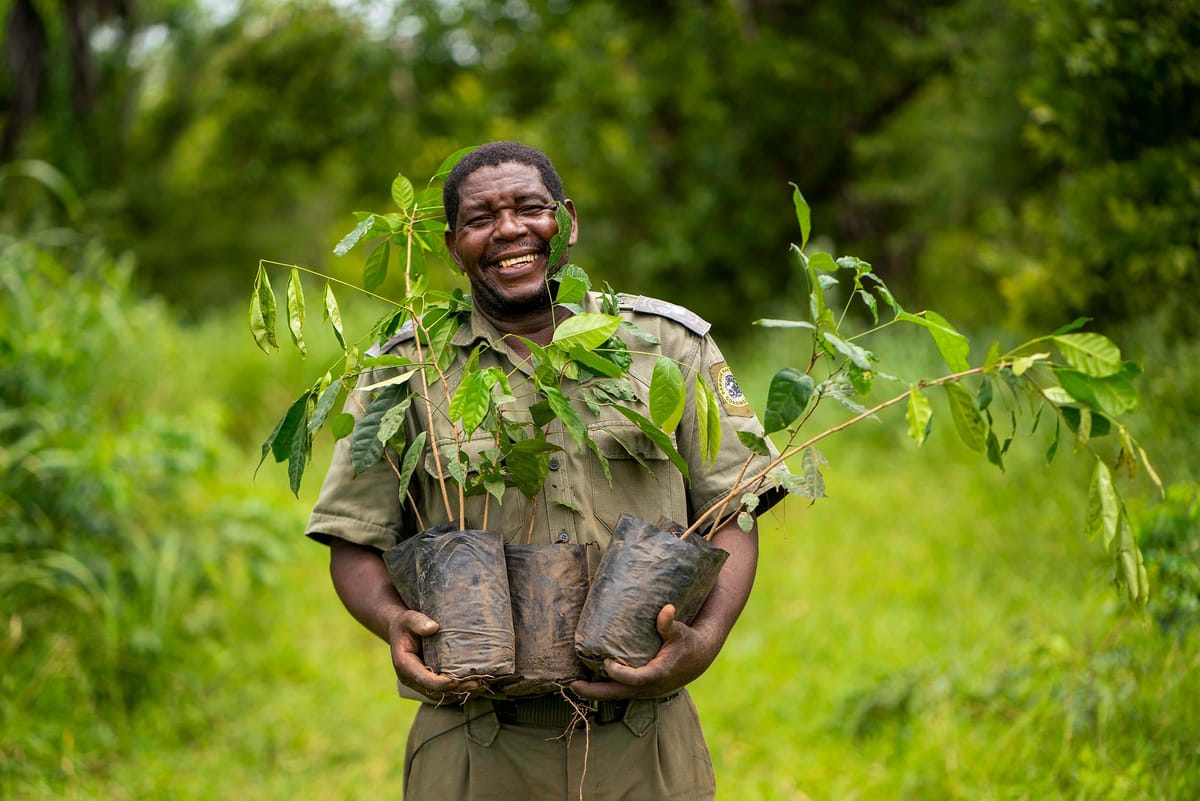
Planting thousands of coffee trees in a national park does not immediately sound like a win for conservation. But righting centuries of colonial wrongs requires out-of-the-box thinking.
In Mozambique’s Gorongosa National Park, chief warden Pedro Muagura is leading community efforts to reforest the park’s iconic mountain, to both protect the forest canopy and boost the area’s economy. And, yes, he’s doing it with coffee.
While the beloved cash crop is a valuable export in southeast Africa, colonial suppression of Arabica cultivation prevented Mozambique – which was under Portugal’s control for nearly 500 years – from becoming a major producer in the region.
War brought independence to the country in 1974, but more fighting soon followed. From 1981 to 1992, a civil war claimed nearly one million lives – and decimated Gorongosa’s flora and fauna. And while rehabilitation started in 1994, poaching, population growth, illegal logging and climate change have continued the assault on its ecology.
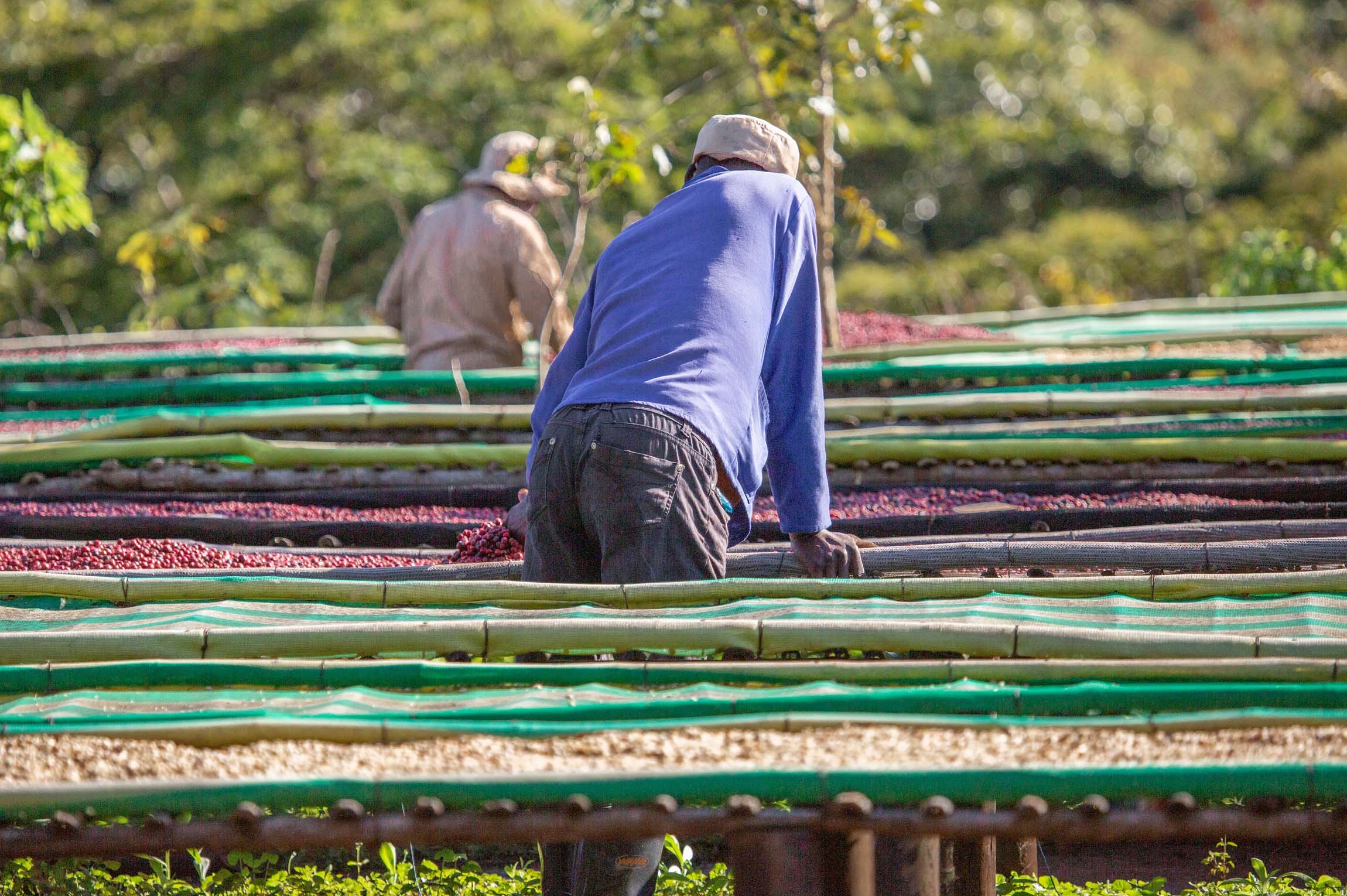
Today, Gorongosa is home to more than one million Arabica coffee trees. Here, Muagura, who is also the park’s director of conservation, explains why they are key to the park’s survival.
“Due to colonial cruelty, Mozambique missed out on being an Arabica coffee powerhouse, unlike its peers Zimbabwe, Malawi and Kenya. We have the perfect conditions: tropical and subtropical climates blessed with lots of seasonal rains, and some of Africa’s biggest river basins. Yet our coffee acreage is so low: In 2022, just 800 or so tonnes of coffee were produced in Mozambique, while Kenya did 760,000 bags of coffee [nearly 52,000 tonnes].
The purpose of the Portuguese colonists banning Black Africans in Mozambique from planting coffee bushes was to protect their key coffee colony of Brazil. That colonial ban helped impoverish rural communities who depend on agriculture for livelihoods.
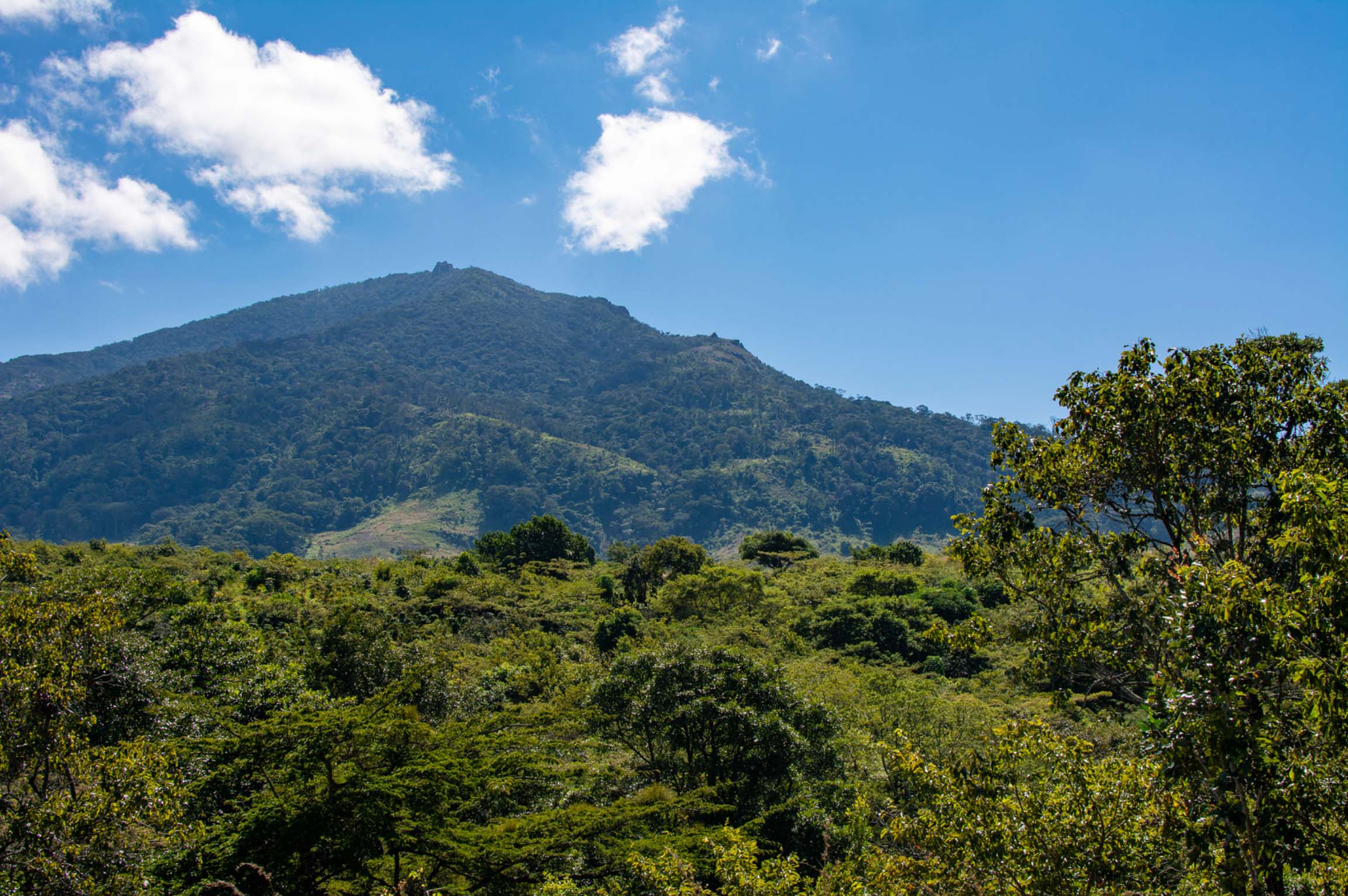
We are correcting colonial wrongs by rallying our rural residents to plant millions of coffee trees on the slopes of Mt. Gorongosa in Gorongosa National Park. Where we are working is gigantic: It is one million hectares of land and home to 1,000 elephants, among other creatures. In the ’90s, the park was a battleground where rebels and government forces fought for territory. When hostilities flared up in 2022, Mt. Gorongosa was a venue where the bickering parties agreed to meet to re-establish peace. The forest is a vital organ of Mozambique’s identity.
I am a forester at heart. I first fell in love with Gorongosa in 1990 when tutoring international students right there in the forest, showing them the rich, diverse flora and animals. I joined the park in 2006 as an instructor who guided community workers out to reforest Mt. Gorongosa. In 2010, I became the reforestation coordinator of Gorongosa Park and the mountain. Then, in 2012, I am proud to say I was appointed director of conservation.
“People are poor and telling them not to cut forest wood makes no sense. There was no motivation for them to guard the forest.”
What has devastated Mt. Gorongosa’s forest canopy is aggressive deforestation. People are poor and telling them not to cut forest wood makes no sense. There was no motivation for them to guard the forest.
So our innovation to plant and embed coffee trees amongst the fast-growing indigenous trees quickly won over local communities. They realized that with coffee trees they can harvest the beans, earn from sales and exports, find jobs cultivating and tending and be able to afford food, healthcare or education for their kids.
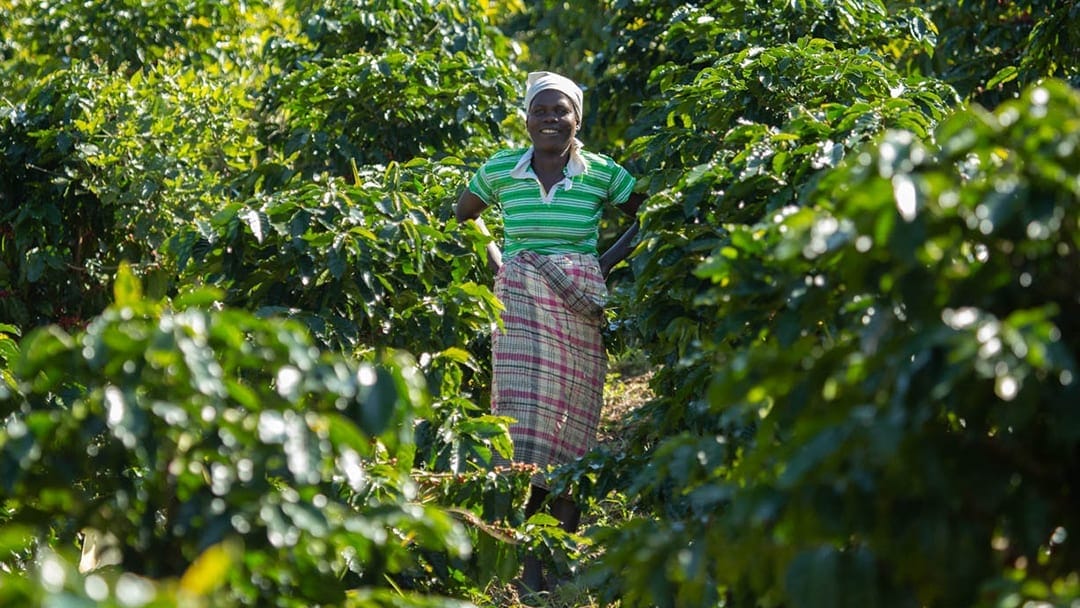
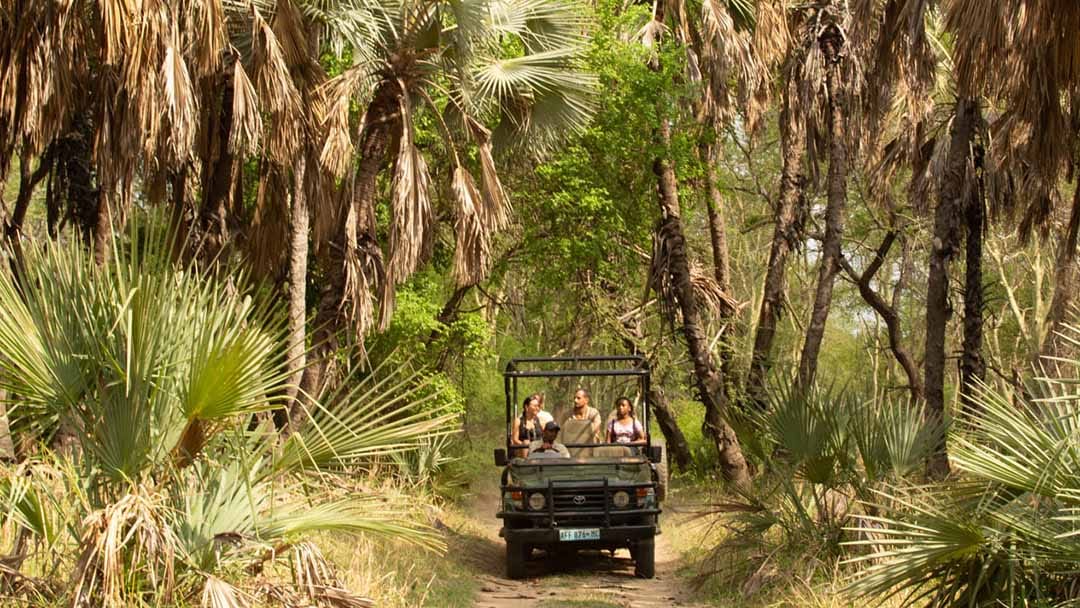
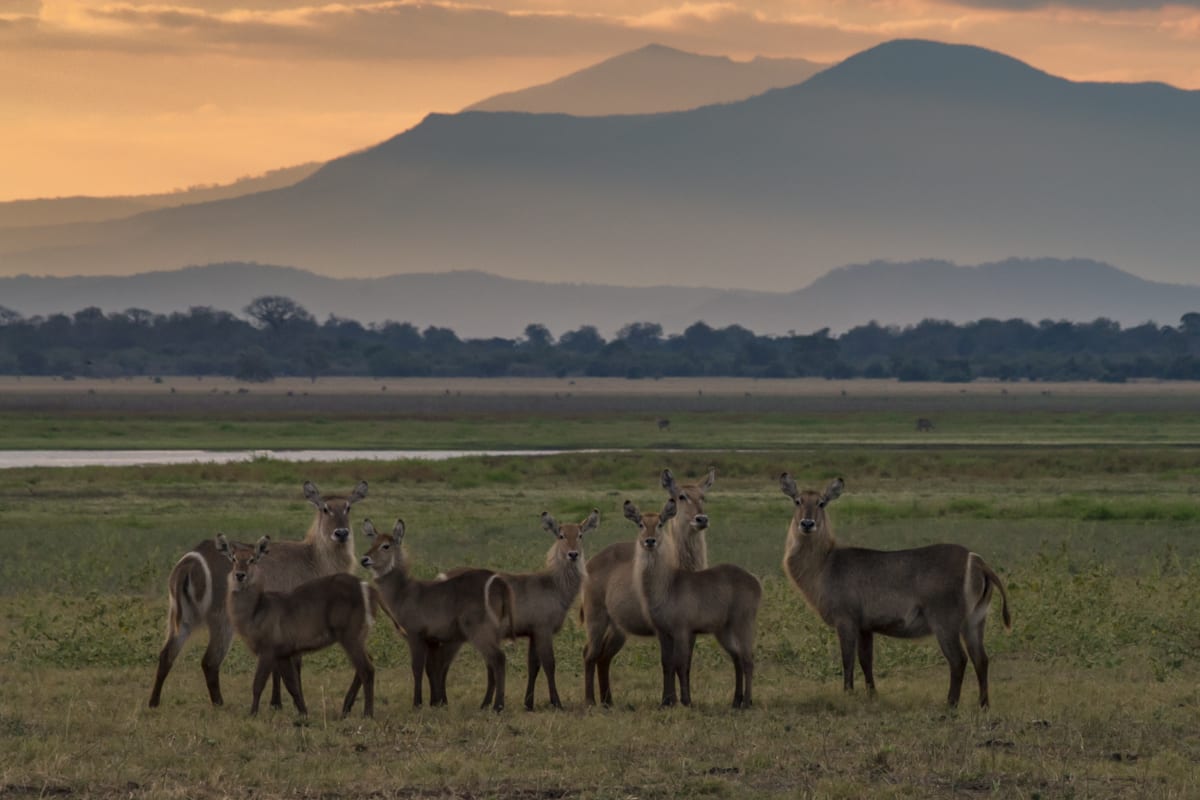
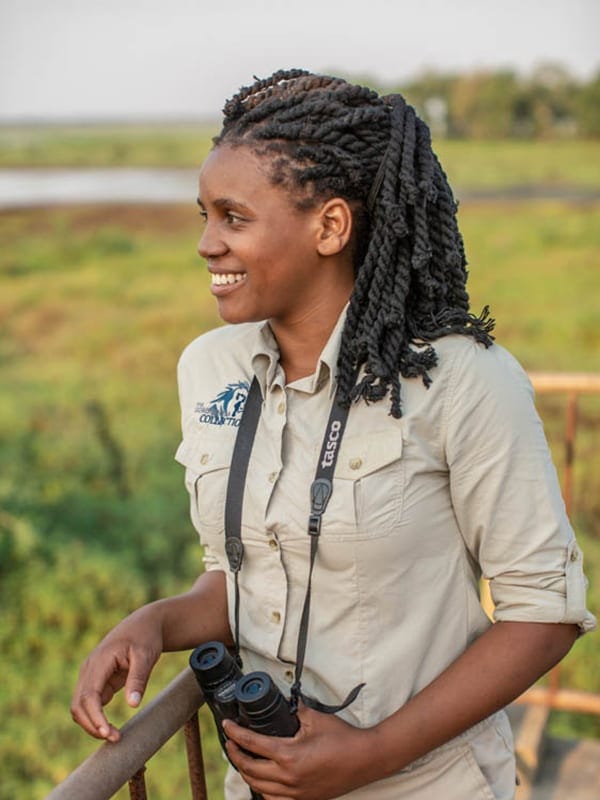
Tourism is another income source for the region. Visitors to Gorongosa National Park can join tours with guides such as Gaby (pictured at bottom right) to learn about nature, conservation and the coffee forest and meet local residents. Photos courtesy Gorongosa National Park.
We rolled out our coffee reforestation plan in 2014. In 2017, we had done 270,000 coffee trees, planting them around 20,000 fast-maturing indigenous trees on the slopes of Mt. Gorongosa where deforestation had taken its toll. Soon after, 16 tonnes of green coffee were harvested, out of our cooperation with 800 small-scale community farmers, 40 percent of them being rural women. Fifteen-hundred locals were already employed in our project, either as seasonal or permanent labourers.
The most important effect of embedding coffee bushes alongside indigenous trees is that the coffee trees serve as an ecological protector of natural forest tree species like mutsodzo. Locals feel less inclined to cut down trees for wood or furniture because coffee-bean harvests are giving them an alternative income. Rainforest tree species like mahogany, which are taller, seal the ecosystem canopy by providing shade over the coffee bushes beneath. We have seen coffee and indigenous forests merge together on Mt. Gorongosa, slowing down soil erosion dramatically, guarding fountain sources of rivers that spring from the mountain against extreme heat (allowing community farms and gardens to thrive downstream) and providing food and organic nourishment to wild animals.
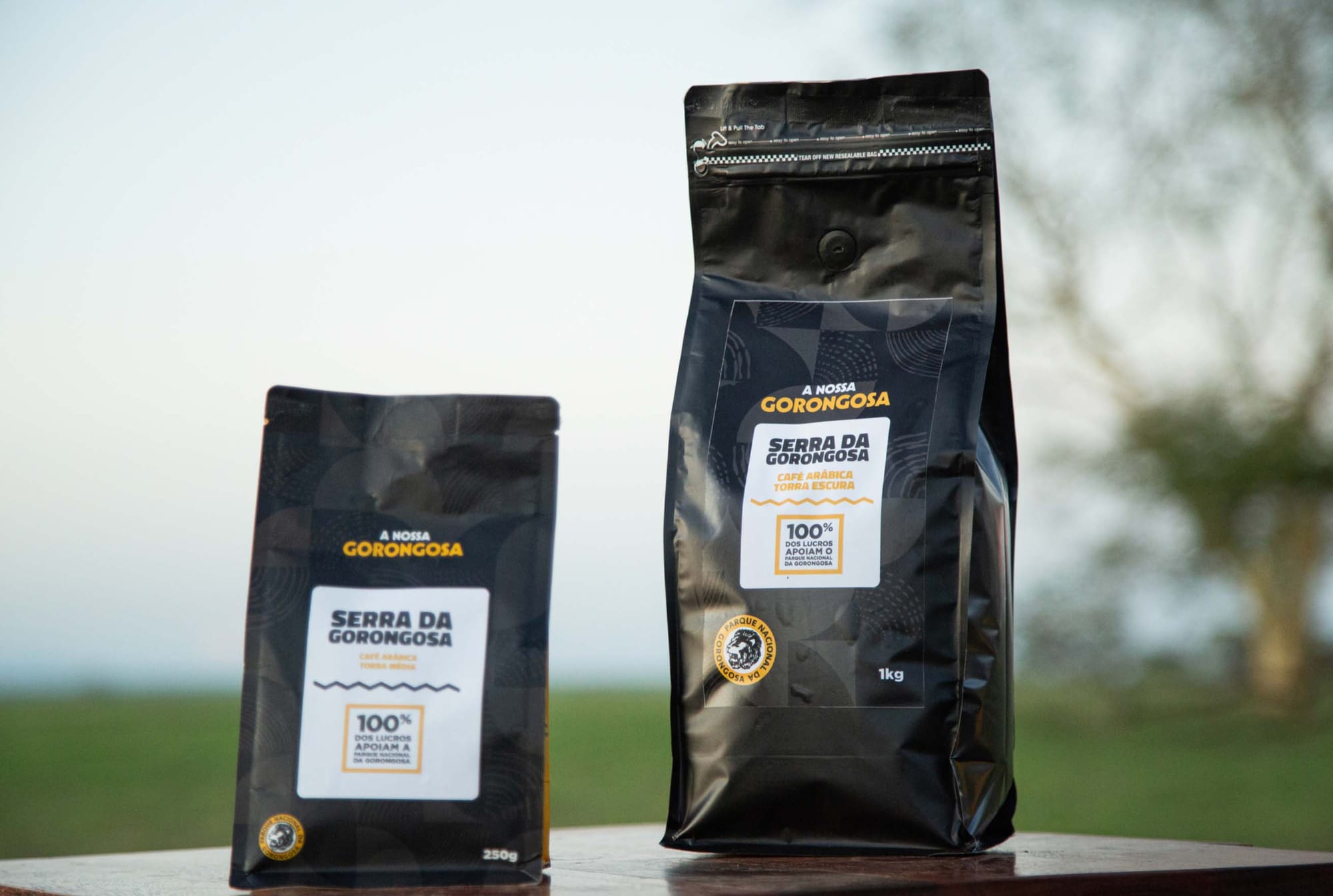
We already have a national impact: Mt. Gorongosa coffee forest now covers 600,000 hectares and provides Mozambique’s biggest source of coffee exports. Reforestation means Mt. Gorongosa is a living identity of all of us who live and work in it. The forest is us, and we are it too.”




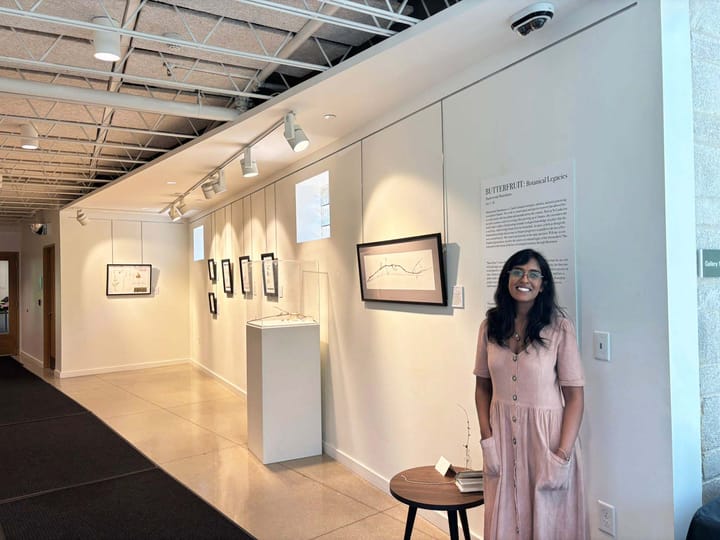
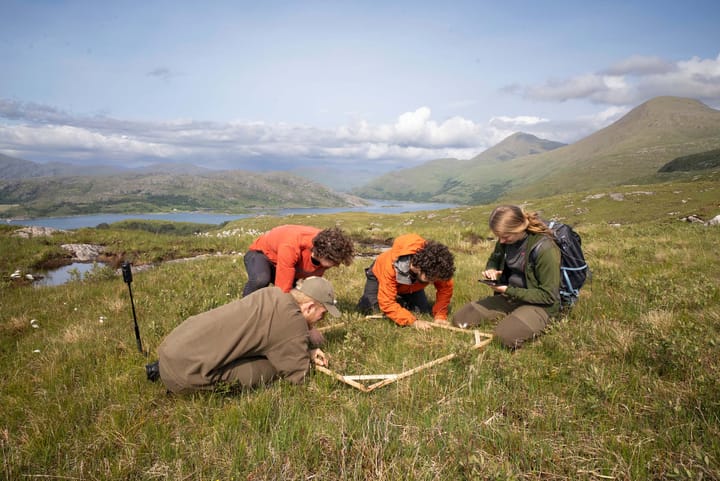
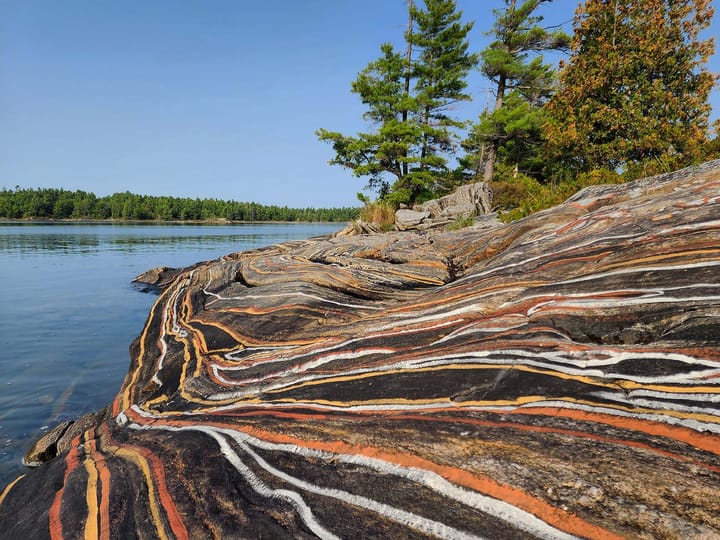


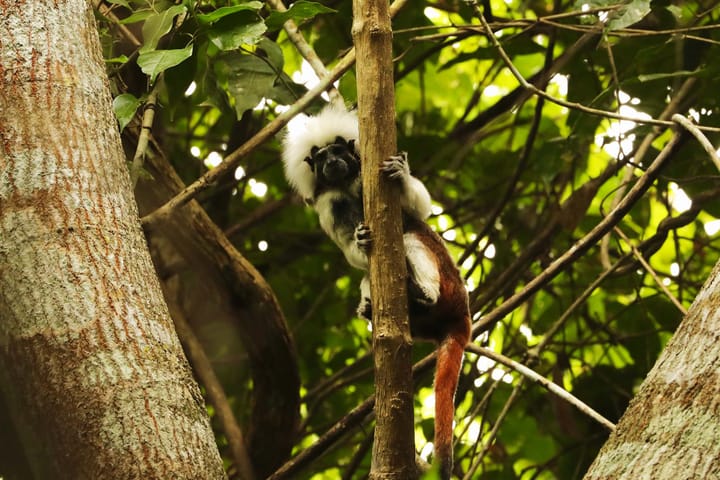
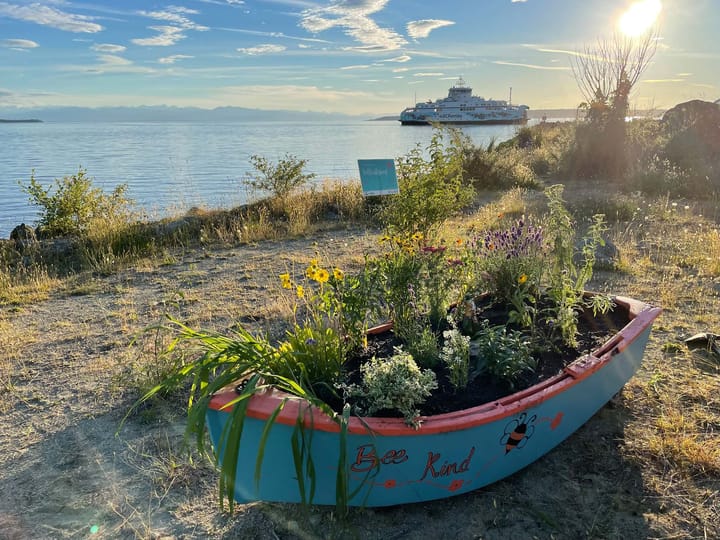

Comments ()